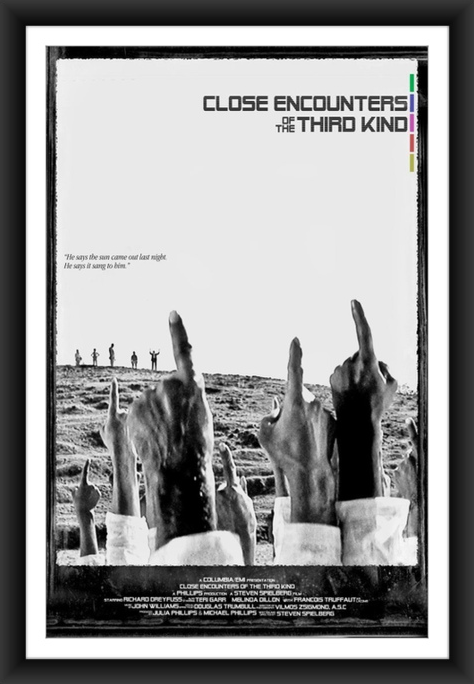The Good German
Written by Paul Attanasio
Directed by Steven Soderbergh
USA, 2006
During the mid-2000s, between his exercise in low-budget filmmaking and new modes of exhibition with Bubble, and his big-budget ensemble Ocean’s Thirteen, Steven Soderbergh made a mid-budget return to 1940s style with The Good German.
Announcing the unambiguous Casablanca reference with a mimicking poster, Soderbergh’s black-and-white film is full of classic Hollywood soft-lighting and sinister wartime figures.
The Good German fits squarely alongside two previous Soderbergh efforts in its near-revisionist status: Underneath and Solaris, which are both bold takes on classic source material. Underneath reworks Robert Siodmak’s Criss Cross into a color-gelled suburban world. Solaris is a re-adaptation of Stanislaw Lem’s 1961 novel, moving the film closer to a relationship drama than Andrei Tarkovsky’s famous 1972 adaptation was.
These two films point toward Soderbergh’s willingness to take on and reimagine classic tropes. Though The Good German isn’t a remake, strictly speaking, it is a hodge-podge of noir and war film references. The opening montage could be from a neo-realist film: the wreckage of postwar Berlin immediately calls to mind the third part of Roberto Rossellini’s war trilogy, Germany, Year Zero.
Despite all of his efforts – Thomas Newman’s score swells in and out on traditional cue, Soderbergh’s cinematography (under his usual pseudonym, Peter Andrews) eschews zooms and other overt digital effects, the sets are pure backlot – Soderbergh can’t quite overcome one major obstacle to transport back to 1945. It’s a similar stumbling block (among others) that Gus Van Sant ran into with his 1998 shot-for-shot remake of Psycho. Despite the impressive cast, Cate Blanchett, George Clooney, and Tobey Maguire can’t capture the affected acting style of pre-method Hollywood.
The film feels therefore anachronistic: as though ahead-of-their-time actors were misplaced in a movie stuck in an outdated Hollywood machine – something like Marlon Brando transcending some of the silliness of The Wild One.
It’s not that The Good German is a failure. Soderbergh gets some real mileage out of nostalgia and has fun nodding to major set pieces such as the ending of Casablanca. Paul Attanasio’s adaptation of Joseph Kanon’s novel has plenty of drama, and there’s far more nuance to the morally ambiguous characters than in the many films it references, but when even the great Blanchett can only imitate Marlene Dietrich and not fully embody the German actress’ beautiful nonchalance, the film trips up over its own evocative feet.
— Neal Dhand







